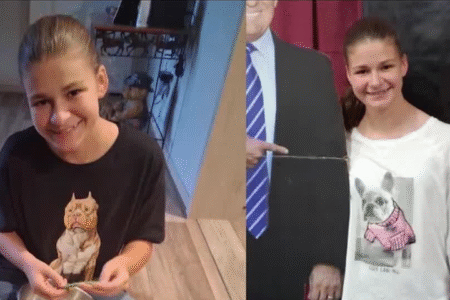The name Pete Hexeto recently surfaced in a news article about the United States’ growing involvement in the Iran-Israel conflict. In the report, Pete Hexeto is referred to as the U.S. Defense Secretary, who made public comments about President Donald Trump’s preference for a peaceful resolution over war. However, a closer examination reveals that no verifiable information exists about anyone named Pete Hexeto holding such a position or playing a known role in American politics, government, or military leadership.
Pete Hexeto does not appear in any official government documents, press releases, or credible news coverage. He is not listed in historical or current rosters of U.S. Cabinet members, nor does he feature in think tank reports, military directories, or academic publications. This absence raises serious doubts about the authenticity of the name. As of June 2025, the United States Secretary of Defense is Lloyd Austin, who has served in this role since January 2021 under President Joe Biden. Before Austin, the role was held by several others during the Trump administration, including James Mattis, Patrick Shanahan (acting), Mark Esper, and Christopher C. Miller (acting). None of these names match or resemble Pete Hexeto.
This leads to two likely possibilities: either Pete Hexeto is a fictional character used to illustrate a narrative in the article, or the name is a typographical error meant to refer to an actual U.S. official. In media and content creation, fictional placeholders are sometimes used in draft stories or AI-generated articles to simulate scenarios before real-world data is inserted. Alternatively, the use of “Pete Hexeto” may have been a mistaken or misremembered version of a real name, but one that has not been corrected or verified. This is not uncommon in fast-moving news environments or user-generated content platforms, where editing processes may be limited or automated.
The mention of Pete Hexeto as someone who gave an interview to Fox News, commenting on U.S. defense strategy, adds to the confusion. There are no available transcripts, recordings, or references confirming that such an interview ever took place. Media archives from Fox News do not list interviews with any individual by that name. Additionally, no appearances, quotes, or references to Pete Hexeto can be found in C-SPAN records, Pentagon briefings, or White House communications. The absence of digital footprints from social media, government press pools, or journalistic databases further supports the idea that the name may not belong to a real person.
The use of fabricated or inaccurate names in political reporting can have serious consequences. It can mislead readers, damage credibility, and spread misinformation, especially when related to sensitive topics such as war and diplomacy. If Pete Hexeto is indeed fictional, the article in which his name appeared may need to be corrected or clarified by its publisher. If it was an error, a correction would help restore journalistic accuracy. Fact-checking and source verification remain crucial steps in news production, particularly in an age when information spreads rapidly across digital platforms.
In the context of the article that introduced Pete Hexeto, the name appears alongside prominent figures such as President Donald Trump, Vice President JD Vance, Israeli Prime Minister Benjamin Netanyahu, and Iranian Deputy Foreign Minister Abbas Araghchi. All of these individuals are real and have known public roles. That contrast makes the appearance of Pete Hexeto even more unusual, suggesting he may have been added erroneously or as a narrative device.
For now, Pete Hexeto remains a name without substance, recognition, or documented authority. Readers and researchers are advised to treat references to him with caution unless credible, official sources confirm his identity and role. Until then, any mention of Pete Hexeto in news coverage should be regarded as unverifiable and potentially fictional.







